The agro-industrial complex has always been considered one of the most profitable industries in Russia. Agricultural resources, coupled with the proper level of technical equipment, made it possible to stably support the production of enterprises involved in this field. However, at this stage of development, the laws of competition require increasing the efficiency of market participants. Partly, the inability of the domestic producer to confidently confront foreign competitors necessitated fundamental changes in economic policy. Import substitution has been proposed as an optimal way to solve an urgent problem. In agriculture, it should justify itself as a measure that allows painlessly transitioning to a new, more technologically advanced level of production for the industry economy.
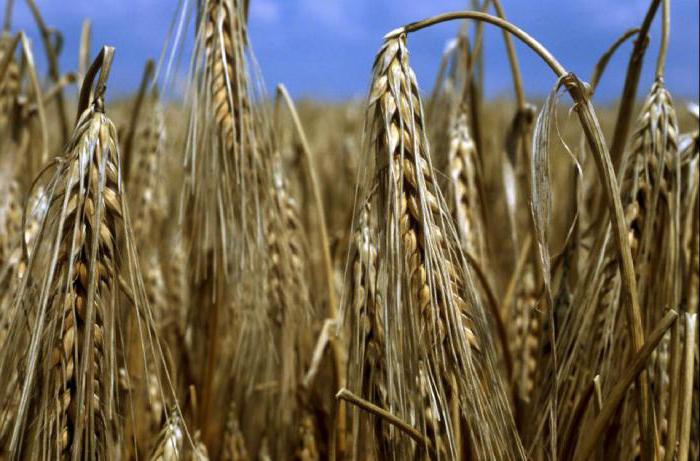
The concept of import substitution in agriculture
The development of the concept of import substitution fully fits into the idea of the doctrine of food security, which was drawn up in 2010. Subsequently, it was repeatedly revised, but the general meaning remained the same. It consists in creating conditions in the domestic market under which Russian manufacturers will be able to strengthen their positions, and the economy of the industry will be less dependent on foreign goods. In some ways, import substitution in the agricultural sector has become an instrument for achieving the objectives of the doctrine.
However, the restriction of imports of agricultural products contributed to the introduction of significant adjustments to the development programs of the agricultural sector. Along with this, some threats have appeared that affect the macroeconomic climate, technological platform and agroecological factors. The implementation of such threats can lead to a complete rejection of imports or restrictions with high ratios, so experts in economic and industrial development note the need to maintain a balance in restrictive measures.
Import Substitution Functions

Achievement of strategic goals, which are expressed in strengthening the national agro-industrial complex, is implemented through a whole range of tasks. First of all, import substitution is designed to support integration functions that focus on optimizing the processes of interaction between economic entities at different levels of government. In many ways, strengthening the model of effective control and management of the complex allows creating conditions for more productive work of farms as the main unit of the industry.
As for indirect functions, import substitution in agriculture should contribute to the active implementation of economic instruments to support the sector, optimize the logistics processes of interaction between partners, solve the problems of distribution and consumption of not only products, but also the raw material base. As the research data of agricultural enterprises show, only a small part of them is able to fully meet the needs of the modern consumer. Moreover, this applies not only to the main qualitative characteristics of the product, but also to the secondary aspects of the interaction of the manufacturer and market participants.
Import Substitution Program in Agriculture
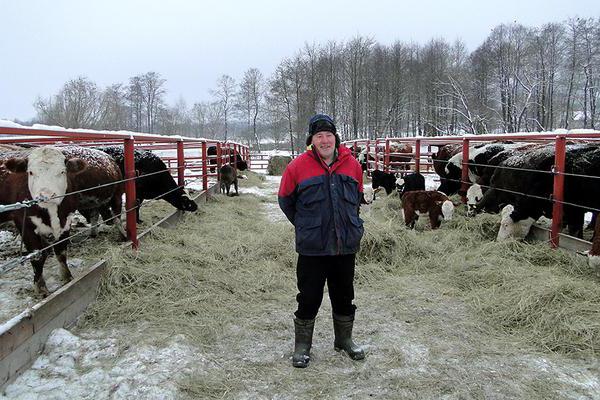
The state program of import substitution forms a set of long-term strategic goals.In particular, the main subprograms include the stimulation of the development of crop production, animal husbandry and beef cattle breeding. In each of these areas, it is also planned to develop processes for processing raw materials and selling final products. That is, the tasks of developing more effective schemes for the interaction of chain participants from the direct producer to the consumer are formulated again. This is due to the fact that import substitution in agriculture is largely hindered by the technological backwardness of many enterprises. In this regard, the main program also provides for the beginning of technical and technological modernization with the active introduction of innovative solutions.
Import Substitution Tasks
Achieving the strategic goals formulated in the state import substitution program is possible only if real problems facing industry representatives are solved. In particular, it is necessary to increase investment in agriculture, stimulate processes to improve the efficiency of land resources exploitation, land reclamation, overcome stagnation in the livestock segment, develop domestic agricultural machinery, etc. As you can see, import substitution is carried out in each sub-sector, agricultural development is implemented with their features, which are caused by the characteristic long-term problems. But there is also the general specificity of the import substitution program in the agricultural sector, which should be considered separately.
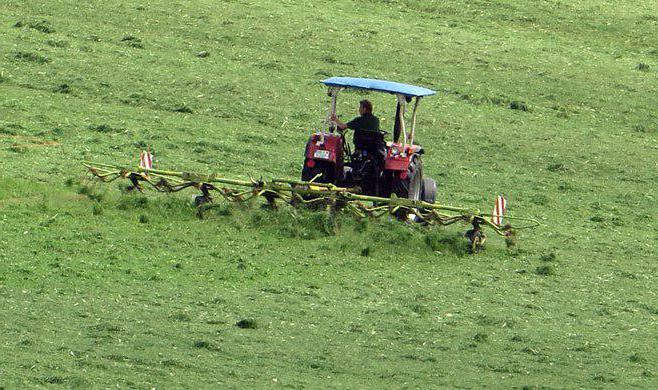
Features of import substitution in agriculture
Features of the development of the agricultural sector in the context of the rejection of imported goods and the transition to a new technological level are determined by several factors. First of all, it is a certain dependence on foreign suppliers. Some industries still cannot optimally cover their niches with their products. Therefore, there is unevenness in the production efficiency of enterprises from different sub-sectors. In addition, import substitution in agriculture is impossible without state support. In this regard, incentive programs for private farms are also being developed - especially in the regions that have all the possibilities for the effective implementation of agricultural potential.
Problems of implementing the import substitution program
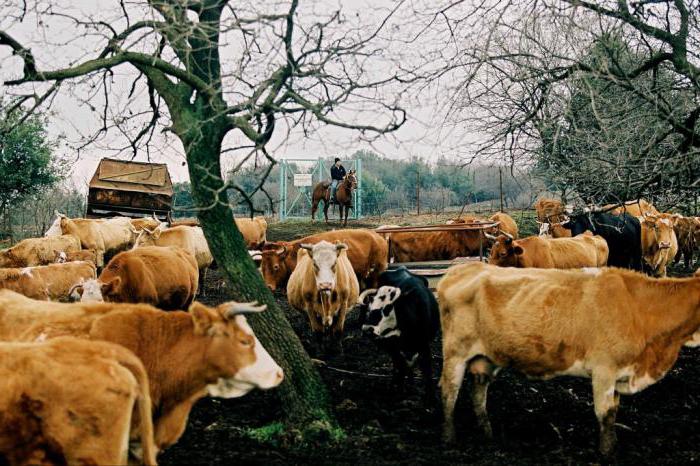
The main problems include the backwardness of the technical and technological platform, on which the efficiency of agricultural enterprises depends. This is due to the minimum income of producers, which are not enough for the modernization of technical equipment. Of great importance is the access of manufacturers to the market. Again, the backward and ineffective infrastructure does not allow import substitution in agriculture to solve the set tasks in terms of improving the economic situation. This is especially true for small enterprises that are forced to struggle with large monopoly networks of producers from the domestic segment.
Import Substitution Implementation Indicators
Indicators of the effectiveness of import substitution were once laid down in the program for the strategic development of agriculture, and then moved to the doctrine of food security. At the moment, they are just evaluating the strengthening of domestic production in the context of the lack of competition with foreign manufacturers, as envisaged by import substitution in Russia. Agriculture and, in particular, the pace of its development are estimated by agricultural production indices, fixed capital of enterprises and the physical volume of investments.
Prospects for the development of the agricultural industry
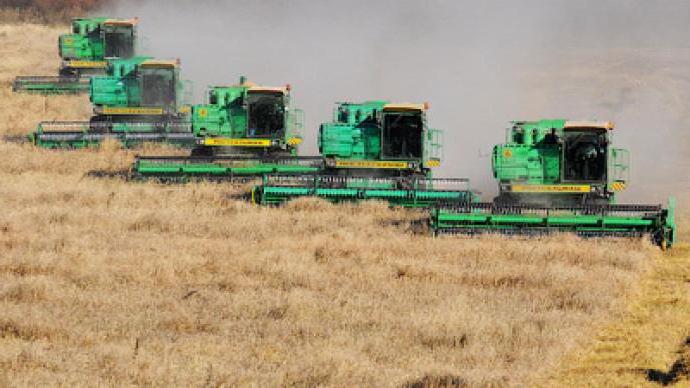
In assessing the prospects for the development of the domestic agricultural complex, it is important to take into account natural, but negative factors that will inhibit this process. Firstly, this is a logical decrease in the income from imported products that Russian counterparts receive. Secondly, it is the inevitable modernization of the technical platform, which will require a considerable part of financial and organizational resources. Nevertheless, against this background, import substitution for agriculture in the Russian Federation can show very noticeable rates of development in the main segments, including crop production, cattle breeding, grain production, etc. As the capacity of enterprises increases, the economic condition of market participants in this industry will naturally strengthen.
Conclusion
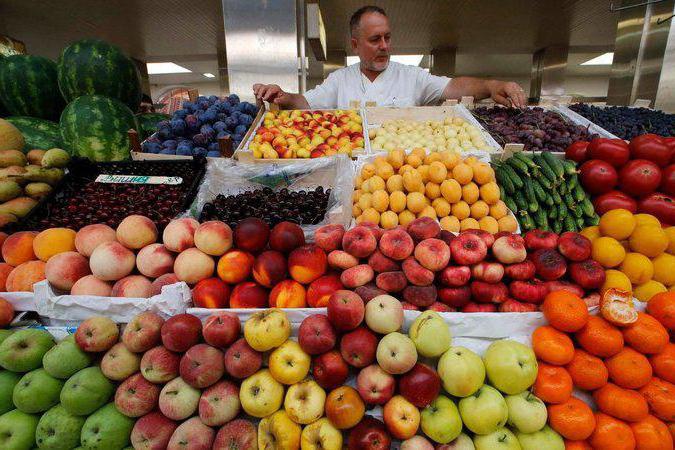
At this stage of the implementation of import substitution programs, we can state the fact that the domestic market was closed for imported products. But this does not mean at all that Russian farmers should give up the experience of their foreign colleagues. In particular, import substitution in agriculture may well pass to the principles of the so-called closed production within the industry. This means that direct manufacturers of products are also engaged in promoting their products along the supply chain up to the counter. This scheme, of course, requires a serious transformation of the interaction models between market participants at different levels. However, this transition promises the same producers a significant increase in profits, and consumers - a decrease in the cost of production.








